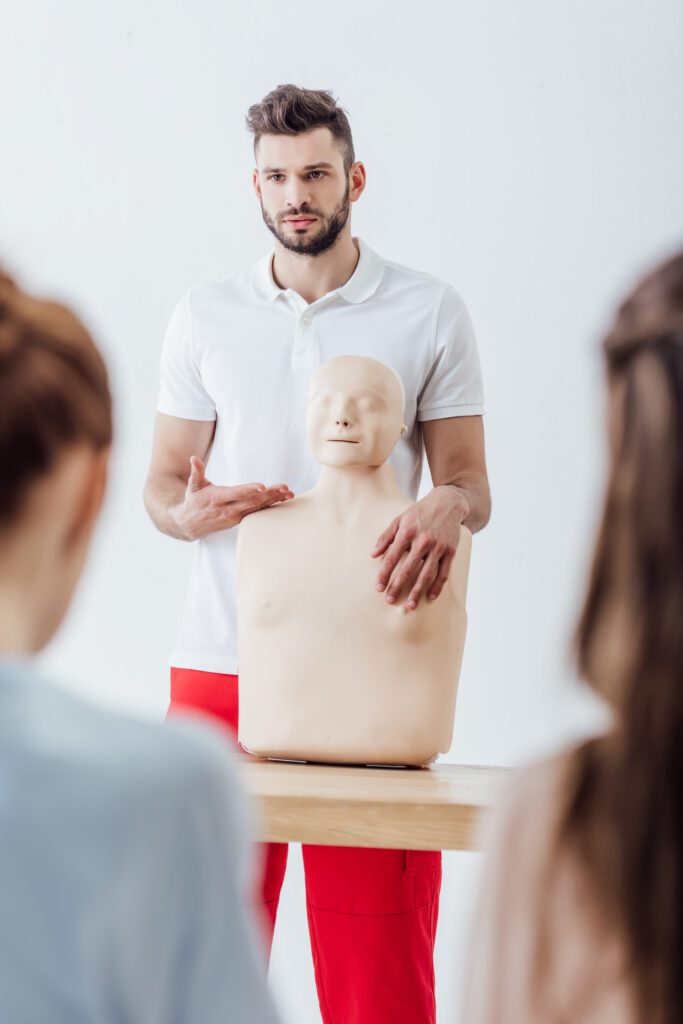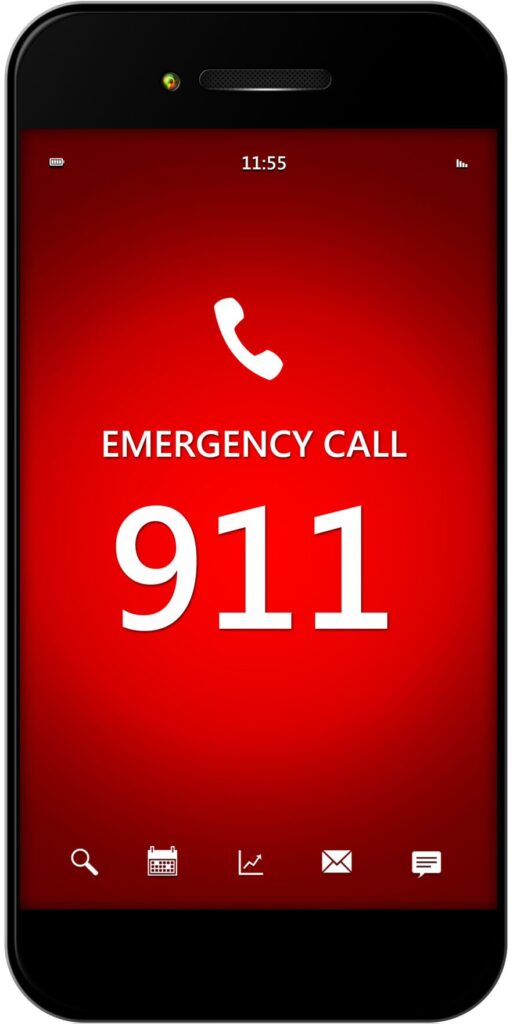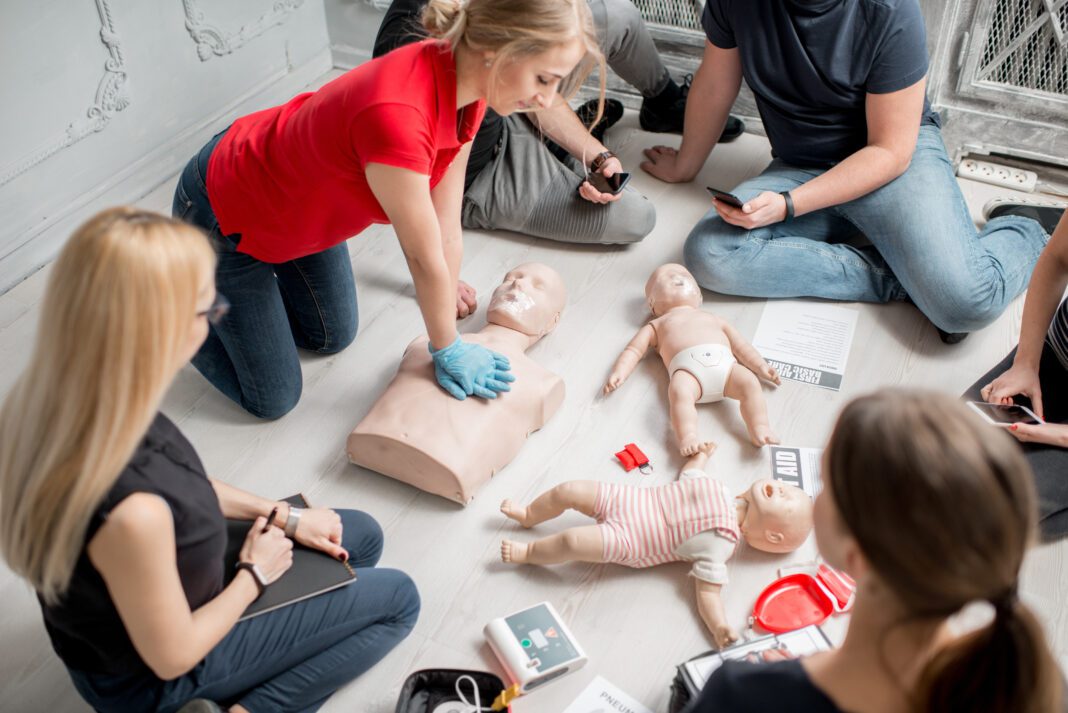If you see someone experiencing a cardiac event, calling 911 may not be enough. But what else can you do to help?
“Accidents and emergencies can happen to anyone, anytime,” says Misti McClellan, executive director of the central and southwest chapters of the American Red Cross. “We encourage everyone to learn first aid, CPR [cardiopulmonary resuscitation] and how to use an AED [automated external defibrillator] so they can act in an emergency. Every second counts, so people need to know what to do until medical help arrives.”
According to McClellan, the Red Cross offers a variety of online, instructor-led and blended courses that include online content and in-person skills sessions.
“This allows you to choose the type of class for your schedule, and for the way you learn best,” she says. “American Red Cross CPR classes take just a few short hours, but the skills you’ll learn during the process can make all the difference to someone in need.”

While learning CPR isn’t too hard, it’s trickier to know when to use it.
“If the person appears unresponsive, check for responsiveness, breathing, life-threatening bleeding or other life-threatening conditions,” says McClellan. “If the person does not respond and is not breathing – or only gasping – call 911 and get equipment, or tell someone else to get it, and begin compressions.”
One thing to remember is that CPR skills need to be refreshed.
“Like many things, if you don’t use your [CPR] skills frequently, they’re often easy to forget,” says McClellan. “We provide resources to support your continued learning.”
In addition to offering CPR certification, the American Red Cross also provides re-certification for current certificate holders, alongside continuing education credits for nurses, first responders, social workers and teachers.
“Currently, we are approved to award CEUs [continuing education units] in Preparedness and Health and Safety Services courses, such as CPR/first aid, swimming and water safety, lifeguarding, babysitting and so on,” says McClellan.
More information can be found at redcross.org/takeaclass for specifics on courses, locations and registration. To reach the Training Support Center, call 1-800-RED-CROSS and select the “training” menu prompt.
“I just heard this statistic on a phone call that may be of use,” McClellan mentions. “Seventy three percent of all out-of-hospital cardiac arrests happen at home. That means the life you will be saving is most likely someone in your family or house.”
Check out a CPR class online or near you – it may save a life.

When Disaster Strikes
According to the American Heart Association’s website, just two steps can help someone in a life-threatening situation:
• Call 9-1-1 or ask someone else in the vicinity to call.
• Push hard and fast in the center of the person’s chest until help arrives.
Try to minimize interruptions in the compressions, and ensure compressions are of adequate depth and rate. Don’t lean on the victim between compressions. Learn proper hand placement now before an emergency ensues.
























